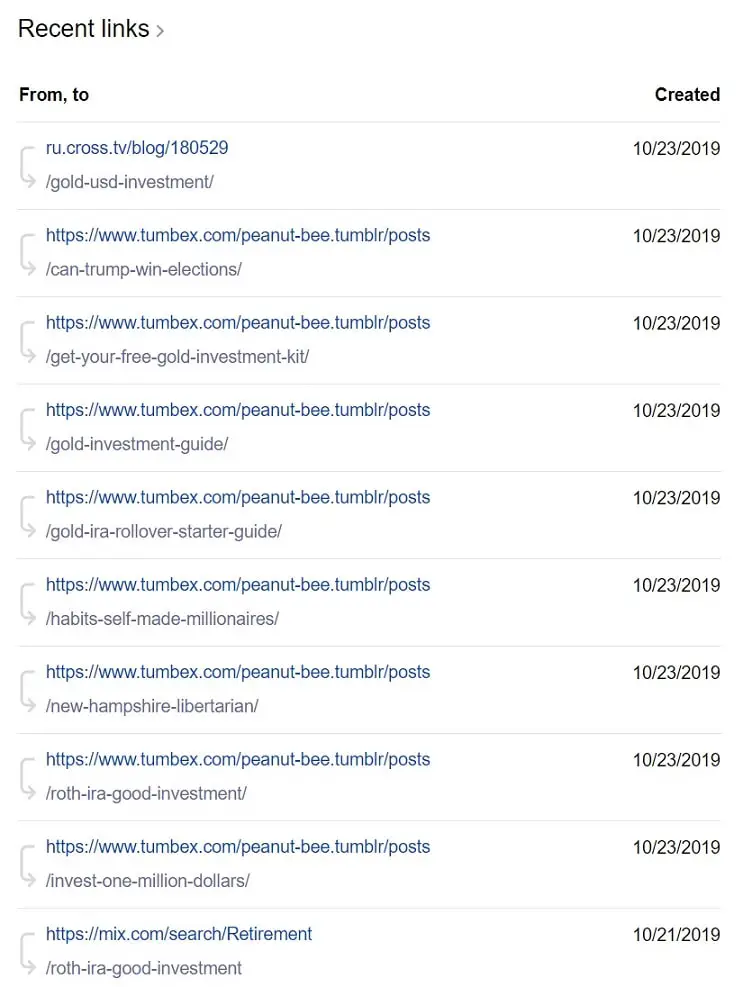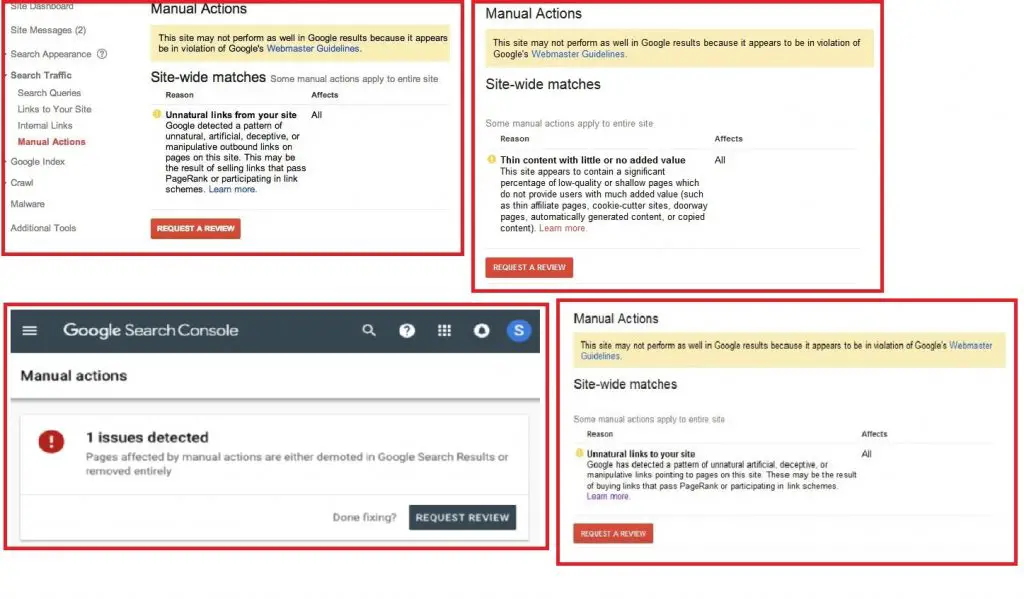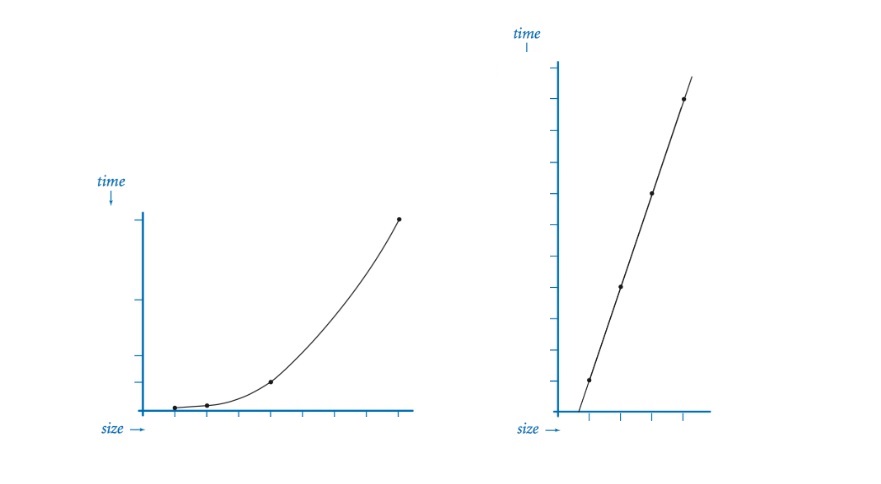All You Need To Know About Link Velocity

What is Link Velocity?
Link velocity is a term used to explain the rate of link profile growth of a website. It can be calculated as new links or linking root domains acquired in a certain period of time.
Every website has a different link building progress depending upon the strategies it implements.
Link velocity trends help search engines to understand the patterns of link growth. This information is very useful for search engines to track changes in the public interest to a particular domain.
Why Does It Matter For SEO?
Link velocity is important for Off-Page SEO. It is widely used by the search engines to understand the link building behaviors of a website. Google tracks it as well as the other search engines.
However, Google doesn't explicitly share this information on Google Webmasters Console. Because it doesn't want you to optimize your link building rate to take advantage of the system.
How do I know if Google may be tracking link velocity?
The response to this question is very simple. I know it because some other search engine shares this information.
Here a screenshot from my Yandex webconsole.

Yandex collects and shares the data of when a backlink is found for the first time.
If Yandex tracks this information Google also very likely to do the same.
Why do I even bother to create a webmaster account in a Russian search engine?
Because Google doesn't share what really thinks about my website. Yandex, however, shares more information with me about a website if it is mine.
Yandex doesn't provide a graphical representation of when the backlinks are found for the first time. However, you can still do the math yourself.
What Are The Types Of Link Growth Patterns?
Anyone doing SEO should understand natural link growth patterns.
Because, Google not only tracks the number of backlinks of a particular website has, it also tracks the actual link pattern a website is following.
Google uses machine learning and AI to reeducate its algorithm to detect unnatural link building practices.
If you run an SEO campaign you should research link growth patterns in your niche.
For instance, a recipe blog may acquire backlinks at a much faster rate than an investment blog.
Also, invest your time to analyze the type of links your competitor has by responding to the following questions.
- Are they image or text links?
- What is the ratio of nofollow / dofollow links?
- Are links pointing to internal pages or to the home page in general?
- Are those links have backlinks or coming from orphan pages?
Knowing what is the norm in your niche will help you calibrate an off-page SEO strategy that will not create troubles for you.
What Is The Normal Link Building Velocity For a New Website?
It is no surprise search engine optimization takes time. It is truer, especially for new websites.
The common mistake most SEOs do is forcing the link building progress more than necessary.
A new website is very unlikely to acquire a large number of backlinks in a short period of time. Search engines know it after analyzing millions of websites in various niches.
Most of the time websites in their first few months can naturally acquire only web 2.0 links.
Because it doesn't make any sense for a new website without any traffic to build high-quality links right away.
Hence, if you plan to submit 20 guest posts in the first 2 months of launching a website I would invite you to think once again.
There are still people in 2019 buying paid edu or gov links from shady sources without having much content on their websites.
Remember, Google is a multibillion-dollar tech giant. It knows very good what a new website can achieve in a given period of time.
In my opinion, new websites should understand a “warm-up” period is really important before building any serious links.
Websites that are 3 months old or younger should solely focus on creating high-quality content and making sure if the content is indexed by Google.
However, building web 2.0 links like Twitter, Tumblr, LinkedIn may be beneficial during this period. Because these links are usually the safest ones, and likely to create exposure to the search engines.
Understand the fact that a website that barely receives a few clicks from Google cannot naturally acquire many backlinks right away.
Google knows this fact very well by testing new websites within the Google Sandbox period.
How To Maintain An Optimum Link Building Velocity?
Building links by implementing white hat SEO practices are usually OK. Google doesn't seem to take harsh action against guest blogging at least by the time I write this post.
However, excessive link building in a short period of time even by using white hat SEO practices can harm a website rather than making any good.
This type of behavior may trigger Google's algorithm for suspicious behavior.
What happens if your link building behavior triggers Google's algorithm.
Your site will be sent for manual action. A real human will look at your website and decide if your links are built naturally.
Here are some screenshots from the Google webmaster console. It is apparent that Google has taken manual action against those websites.

People built many backlinks in a very short period of time had to go through a “link detox” by using the disavow tool. I don't know many people who could completely relieve their websites from Google penalties.
I believe none of us would like to deal with such an unpleasant experience.
A baby is born in 9 months. There is no way to shorten the pregnancy period.
Coincidentally, 9 months is a very good approximation for many SEO campaigns to start gaining traction.
If you wouldn't force your wife to born your kid earlier, why would you force your SEO campaigns to give you what you want earlier?
What is an ideal link building rate?

There is an SEO legend that is believed by many people. Links should grow in congruence with the site age or according to a mathematical function.
It is not true. Because link building if happened naturally will always have an element of randomness.
Certain sites may not acquire new links for a period of time. Then they may start to build new links once again. This type of behavior is very natural.
After a website establishes a solid foundation, it can have random link building behaviors. The amount of links built doesn't necessarily grow regularly month by month.
A one-year-old website may obtain,
- 5 backlinks in June
- 1 backlink in July
- 10 backlinks in August.
There is nothing wrong with that unless it builds 200 backlinks in September.
How much content should be published before building links?
There is no golden ratio that tells how much content you may have before building links. However, I wouldn't initiate any link building campaign before I post 10 posts or more.
It is also unlikely for other people to publish your guest post if your site has near to none amount of content.
Keep in mind affiliate content naturally receive much less of backlinks than informational content. It is true even if you guest post on someone else's blog. Because people don't like to link to someone's money page.
What Tools Can Help To Track It?
I don't think you need to strictly track the link velocity of your website. Tracking the dates you have built them with an excel sheet is usually more than enough.
If you have a 3rd party tool like SEMrush, you will have all link building information including link building rate will be tracked automatically.
Final Cap
Don't try to trick Google by building many backlinks at once. If you have long term plans with your website take it slow. Build some links then wait for a few weeks and see what happens.
Focus on the quality of the links you build rather than the quantity. It may sound like a cliche but most of the time “less is more” for the link building.





